Monetizing a blog can be a great way to add some extra income from your website. Although it’s not easy and will take time, monetizing your blog can be a rewarding experience. Divi has several features that make those methods easier, and there are several strategies you can choose and implement to monetization your Divi website. In this article, we’ll look at how to monetize your Divi website.
What Your Divi Website Needs to Make Money
First, there are a few things you’ll need for your website to make money. Please keep in mind, I don’t recommend starting a blog if your goal is to make money fast. It will take a while to build what your site needs to make money, which includes:
Traffic – the amount of traffic you need will vary. You don’t necessarily need thousands of visitors per day. You just need the right visitors per day. Of course the more the better, but you’ll need a targeted audience.
A Content Strategy – keep a publishing calendar to show the types of content to publish. Publish several times per week on various topics within your genre. This will help build your audience and your authority.
An Email List – most visitors won’t return to your website. An email list is a great way to inform them of new content and provide special offers.
The common thread here is that you need an audience to make money from and you need a reason for them to keep coming back.
Once your site has a good amount of targeted traffic, lots of content, and you have an email list to market to, you’ll be ready to implement the monetization strategies in this article.
Now, on to the strategies.
1. Affiliate Marketing
With affiliate marketing, you tell your audience about a product and provide an affiliate link. If they click on your link and then make a purchase before the cookie expires, you get a portion of the sale. The amount you make from the sale varies based on the product.
Affiliate marketing is my favorite way to monetize a blog. Earnings can range from a few cents to thousands of dollars per month. You need a lot of traffic and the right products to make significant money.
Types of affiliate programs
Any type of product can have an affiliate program. They often range from 5-50% of the sale. They can be handled in different ways:
Large online stores – stores like Amazon and Wal-Mart sell multiple types of products from many manufacturers.
Smaller online stores – stores like Divi Cake tend to focus on fewer topics, like Divi or WordPress, and provide products within those topics.
Affiliate services – sites like Commission Junction and Shareasale provide and manage the affiliate programs for many publishers.
Publishers – companies, like Elegant Themes, sometimes run their own affiliate programs.
There are lots of good affiliate programs available across the web. You can usually find them in the footer of a website.
For WordPress-related programs, take a look at Elegant Themes, Divi Cake, other Divi shops, hosting companies, courses, graphic design tools, etc. For a list of affiliate programs, see the article Best Affiliate Programs for Divi Blogs.
Promoting products
There are several ways to promote products. You can mention them in your content, create content around them, and place banners within your content and layouts. The content can be blog posts, podcasts, and videos. Popular types of content include lists of products on a specific topic, detailed tutorials and product walkthroughs, honest reviews, and news releases.
Affiliate links should be disclosed so your audience is aware they’re clicking on an affiliate link and that you’ll get a portion of the sale. For more information about the legalities of affiliate links, see the FTC’s Endorsement Guides.
2. Sell Your Services
Providing services is a great way to make money online. If you provide a service then you can use your blog to promote that service. Services can include coaching, consulting, training, web development, content creation, product creation, editing, photography, and lots more. The Divi child theme above, Corporate, is an excellent example of showing your services.
Create a page that describes your services and provides links to examples. The examples could be a separate portfolio page with links to individual examples that show more detail. The portfolio should feature the services you want to provide the most. Most Elegant Themes layout packs and many layouts and child themes in the Divi Cake shop include pages for your services and portfolio.
3. Sell Products
Divi integrates will with WordPress-based eCommerce platforms, so you can sell products from any Divi website. The best types of products to sell are digital. Downloads don’t require you to manufacture the product each time it’s sold, so you have an endless supply of inventory and you can host the products on your website.
This includes ebooks, courses, Divi layouts, child themes, plugins, audio files, video files, and more. You can repurpose a lot of the information from your published content to create many of the products. Just add more detail and examples. The Divi child theme above, Bloggeratti, is a good example of a blog with courses.
Use an eCommerce platform, like WooCommerce or Easy Digital Downloads, to manage the sales. For courses, use plugins such as LifterLMS.
You can also use your blog to promote your products that are hosted on other platforms. For example, you can sell your books through platforms such as Amazon, and courses through platforms such as Udemy.
4. Create a Membership Area
Create content that only paying members can access. Content can include detailed tutorials, downloads, webinars, coaching, forums, mastermind groups, Facebook groups, and more.
To add a membership area to your Divi website, use plugins such as LifterLMS or WooCommerce with add-ons.
You’ll need to produce lots of content that are worth paying to access. The amount you can make will depend on your level of expertise in the topic and the quality of the content. Prices can range from a dollar per month to many hundreds of dollars per year.
5. Sponsored Posts
Sponsored posts are articles that you are either paid to write or paid to publish. They look like normal posts and typically focus on another company’s products or services. Like any type of post you share with your audience, you should only publish articles about products and services that you believe in.
Sponsored posts are like affiliate links and ads and should be labeled as sponsored so your audience is aware. Depending on your audience, companies could pay from hundreds to thousands of dollars to have their content posted on your blog.
6. Ads
Ads are banners that company’s pay to have placed on your website. They can be in your header, sidebars, footer, under the content, and within the content. Divi has several tools to place ads in the theme options, as seen in the image above.
Divi also includes an Adsense widget that you can use in your sidebars. Just paste your code into the widget and you’re good to go.
Many ads have become easy to ignore. Native advertising is the most effective. Native ads fit within the content of the website and look natural on the website. They often appear within the content feed or within a section under and article that looks like more articles on the same topic.
Most ads are CPC (cost per click) or CPI (cost per impression). They usually don’t pay much for those clicks and impressions, so ads typically don’t make a lot of money. Considering that many people use ad-blockers, they probably make the least return on your investment of anything on this list. They can bring in some income if you have a lot of traffic.
Ending Thoughts
That’s our look at how to monetize your Divi website. All of these methods are proven to work. The best option is to diversify. Don’t just do one of the things on this list. Do as many as you can. Just keep in mind it won’t happen overnight and you’ll need the right traffic and content before it will bring in anything other than extra cash.
With Divi or any good blog, you can get out of it what you put into it. Regardless of your monetization goals, all of these methods can help you get there.
We want to hear from you. What are your favorite blog monetization strategies? Let us know in the comments.

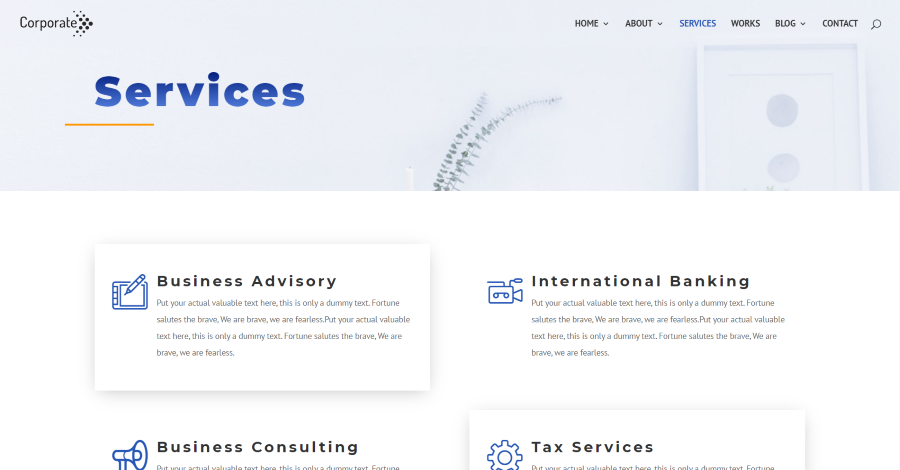
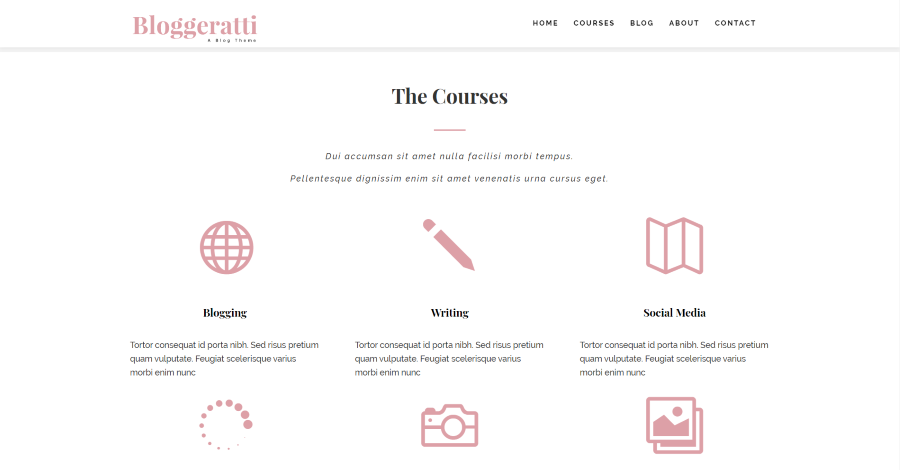
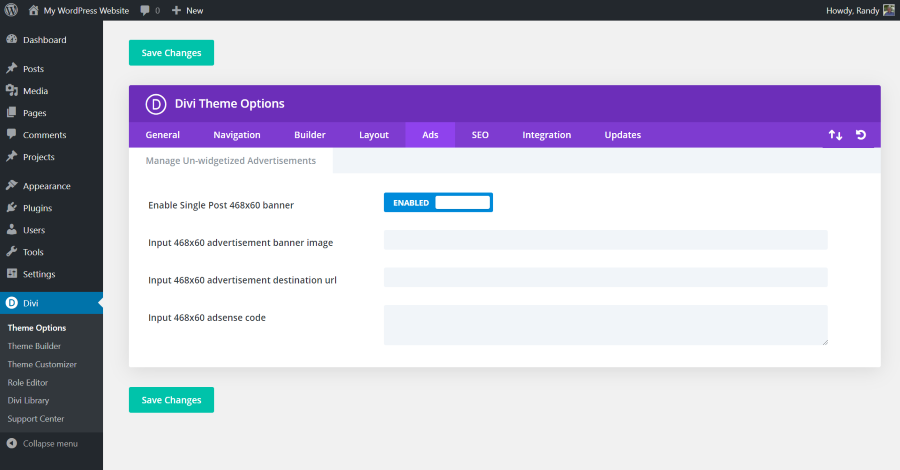
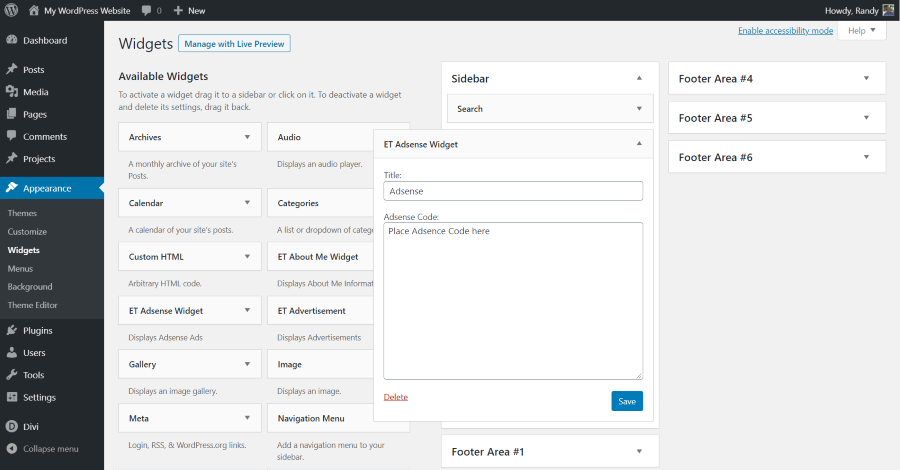
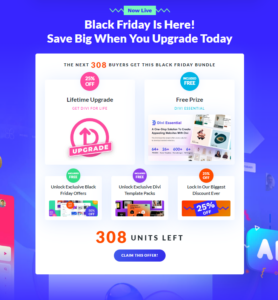

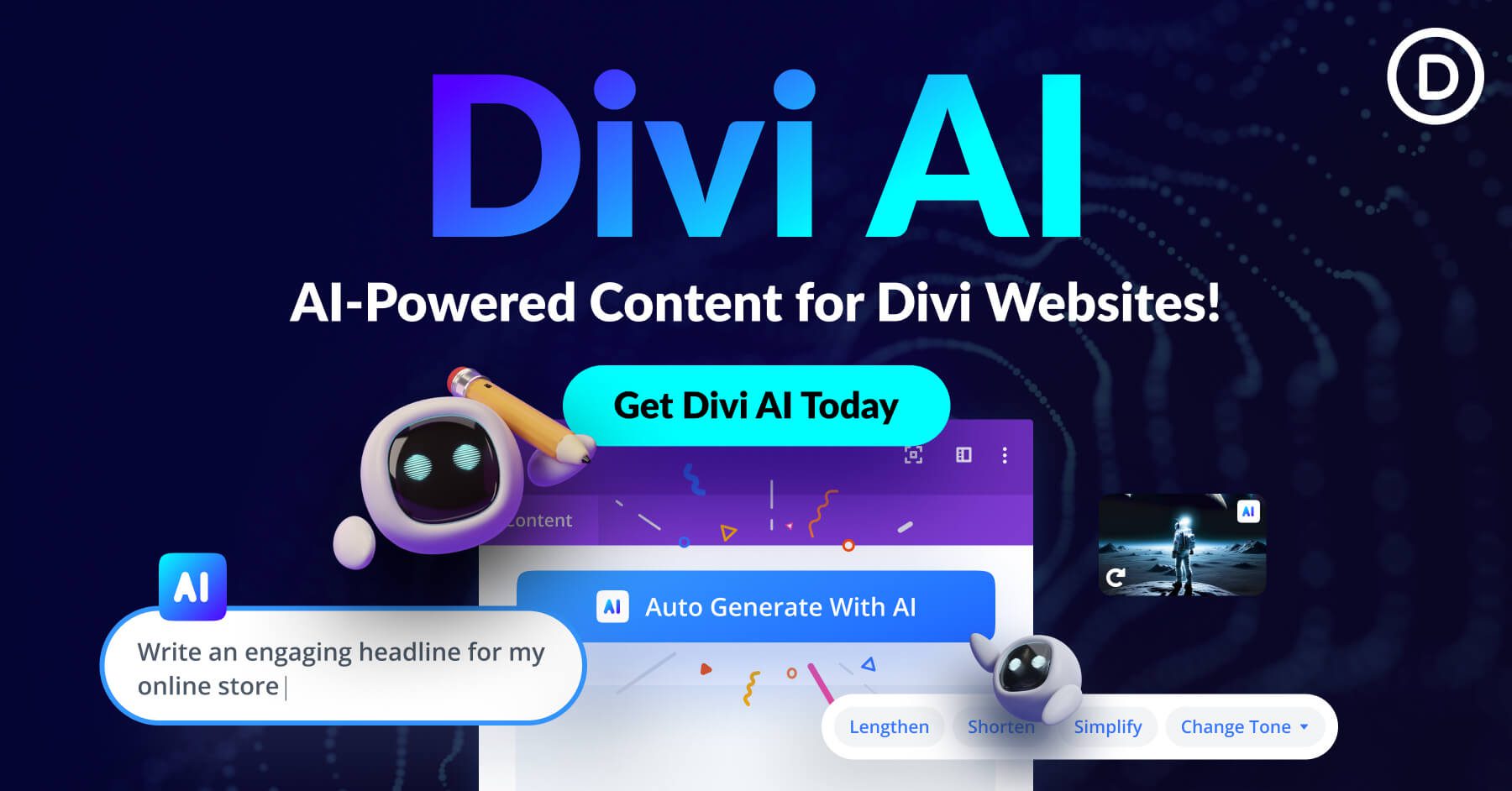

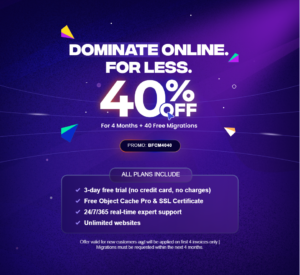

0 Comments